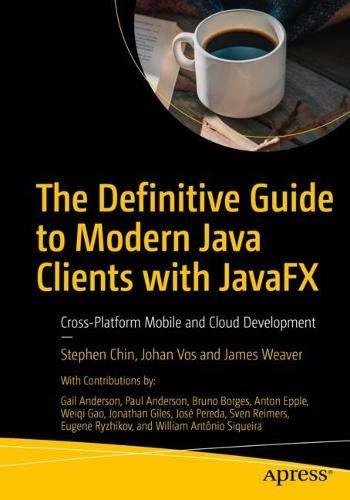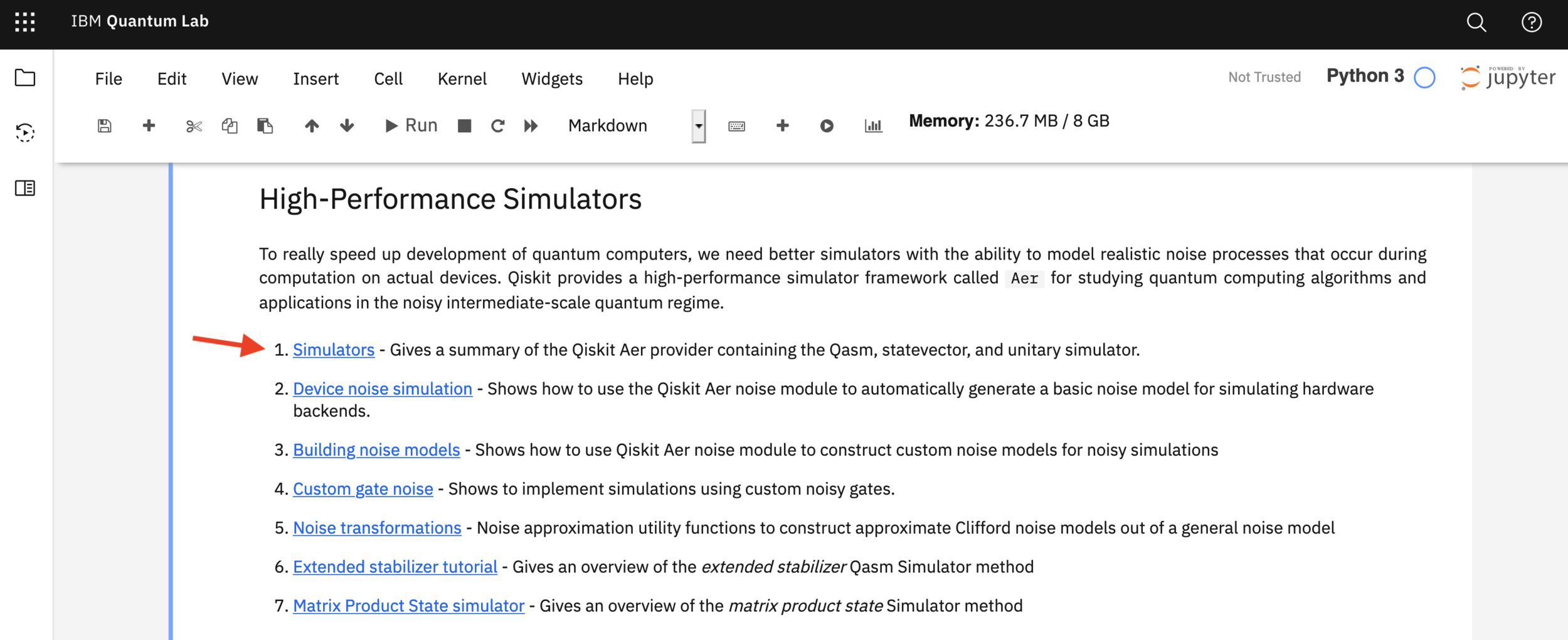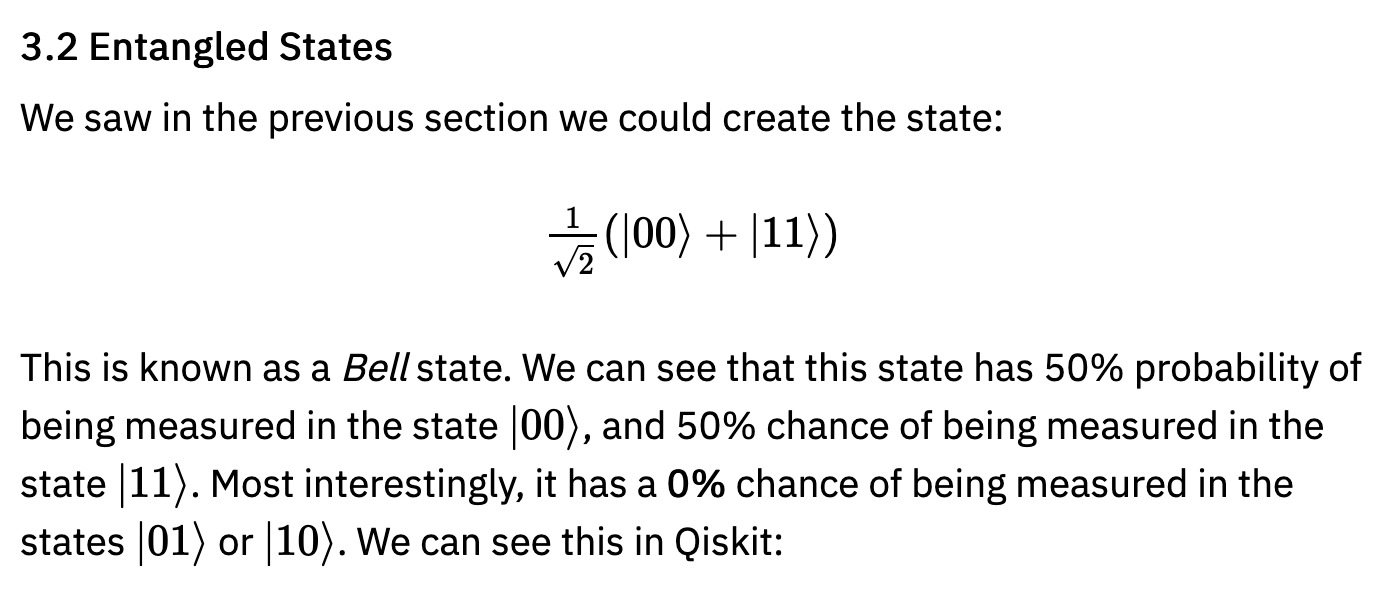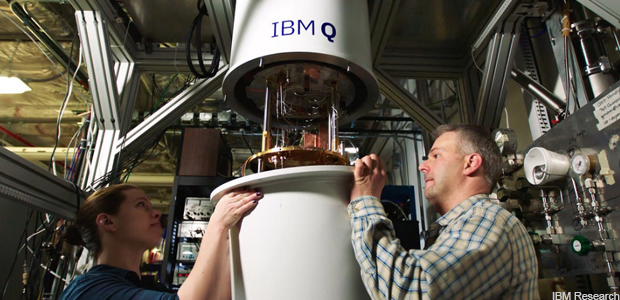Preparing for the Qiskit developer certification exam


These slides at: https://slides.com/javafxpert/prep-qiskit-dev-cert-exam

Please note
IBM’s statements regarding its plans, directions, and intent are subject to change or withdrawal without notice and at IBM’s sole discretion.
Information regarding potential future products is intended to outline our general product direction and it should not be relied on in making a purchasing decision.
The information mentioned regarding potential future products is not a commitment, promise, or legal obligation to deliver any material, code or functionality. Information about potential future products may not be incorporated into any contract.
The development, release, and timing of any future features or functionality described for our products remains at our sole discretion.
Performance is based on measurements and projections using standard IBM benchmarks in a controlled environment. The actual throughput or performance that any user will experience will vary depending upon many factors, including considerations such as the amount of multiprogramming in the user’s job stream, the I/O configuration, the storage configuration, and the workload processed. Therefore, no assurance can be given that an individual user will achieve results similar to those stated here.
© 2021 IBM Corporation
About presenter Paul Kassebaum, Ph.D.




About presenter James Weaver
IBM Quantum Developer Advocate
Java Champion
Developer / Author / Speaker
james.weaver@ibm.com





Getting the workforce quantum-ready

With our quantum developer certification, companies and research institutions will find a clear path to get their workforce quantum-ready. The certificate will help those hiring for classical programming and non-programming roles recognize holders of this certification as forward-thinking individuals willing to skill up for the future of the computing workforce.
The IBM Quantum Developer Certification is a 60-question certification exam offered on the Pearson VUE platform. Those who pass the exam will have demonstrated experience using Qiskit to create and execute quantum computing programs on IBM quantum computers and simulators, and the ability to perform these tasks with little to no assistance from product documentation, support, or peers.


What to expect from the exam
We figure that plenty of Qiskitters will be looking to take the certification exam, so we’ve put together a sneak peak of the exam’s structure, what’s going to be on it, and how to study for it. The test is going to be a 60-question exam, in English, offered on the Pearson VUE platform. The goal of the test is to certify that those who pass it can define, execute, and visualize quantum circuits using Qiskit, implement single and multi-qubit gates and understand their effects on quantum circuits, and leverage the fundamental features of Qiskit in order to write quantum programs.



Objectives of the exam



Preparing for the exam




Leveraging the IBM Quantum Composer


Create your first circuit walkthrough
Also, explore the Quantum Composer user guide, and Operations glossary

Gain an intuitive understanding of the Bloch sphere and gate rotations with this web-based application known as Grok the Bloch Sphere
Bloch sphere playground


Studying the Qiskit Textbook

Explore all of sections 1 and 2


Continue studying the Qiskit Textbook

Explore the Defining Quantum Circuits section


Leveraging the IBM Quantum Lab

Explore the Qiskit Tutorials - Circuits Jupyter notebooks
The links shown above are in the start_here Jupyter notebook


Continue leveraging the IBM Quantum Lab

Explore the Qiskit Tutorials - Advanced circuit visualization Jupyter notebook
The Advanced circuit visualization link is in the start_here Jupyter notebook


More leveraging the IBM Quantum Lab

Explore the Qiskit Tutorials - Simulators Jupyter notebook
The Simulators link is in the start_here Jupyter notebook


Explore the Qiskit tutorials outside of a Jupyter notebook



Consulting the Qiskit API reference



Working with OpenQASM

Consult qiskit.circuit.QiskitCircuit methods for using QASM within Qiskit


Consulting Quantum Computing StackExchange

Learn nuggets like this from other Qiskit developers


Working through the 20 sample questions



Each certification exam question falls into one of these objectives:
%qiskit_backend_overview
QiskitCircuit.from_qasm_str()
and string:

Access
Access
Access
... and understand
}
Working through sample question #1



Familiarity with Qiskit API
✓

Working through sample question #2

Mental gymnastics on the Bloch sphere
✓



Working through sample question #3
✓

✓
✓
Familiarity with Qiskit API




Working through sample question #4
✓
Familiarity with Qiskit API, measure vs. measure_all





Working through sample question #5

Entanglement and knowing the four Bell states
✓





Working through sample question #6

Gymnastics on the Bloch sphere, plot_bloch_multivector vs. plot_bloch_vector
✓


✓

Working through sample question #7

Gate operations
✓



Working through sample question #8

Bell state, and initialize()
✓


✓

Working through sample question #9

Familiarity with Qiskit API, multi-qubit gates
✓







Working though sample question #10

Familiarity with Qiskit API, Toffoli gate
✓






Example Toffoli gate:

Working through sample question #11

Familiarity with Qiskit API, barrier operation
✓


✓

Working through sample question #12

Barrier operation, optimizing circuits
✓



Working through sample question #13

Barrier operation, circuit depth
✓




Working though sample question #14

Using execute function parameters, coupling map, Aer qasm_simulator
✓



Working through sample question #15

Using execute function parameters, coupling map, BasicAer qasm_simulator
✓



Example device gate map:


Working through sample question #16

BasicAer simulators
✓


✓
✓

Working through sample question #17

Assigning BasicAer simulators
✓



Working through sample question #18

Quantum information, creating an Operator
✓





Working through sample question #19

Familiarity with Qiskit quantum_info API, process and gate fidelity
✓



Working though sample question #20

Mentally calculating statevector from a quantum circuit
✓



Thanks for your attention! Any more questions?





Backing up a little: History repeating itself
Massive hardware, limited bits, software infancy
Quantum computers make direct use of quantum-mechanical phenomena, such as superposition, interference and entanglement, to perform operations on data.
Feasible on classical computers
Feasible on quantum computers
Solutions to problems
Why use a quantum computer?
Some problems may be solved exponentially faster


“Nature isn't classical, dammit, and if you want to make a simulation of nature, you'd better make it quantum mechanical, and by golly it's a wonderful problem, because it doesn't look so easy.”
Simulating nature
complex chemical reactions, for example
Dr. Richard Feynman, 1981








“If you start factoring 10-digit numbers then it’s going to start getting scary”
Breaking RSA crypto
someday maybe, using Shor's algorithm, formulated in 1994
Dr. Peter Shor, 2013

“Programming a quantum computer is particularly interesting since there are multiple things happening in the same hardware simultaneously. One needs to think like both a theoretical physicist and a computer scientist.”
Quickly searching unsorted data
using Grover's algorithm
Dr. Lov Grover, 2002


NISQ* era quantum computing domains
Machine Learning
Optimization
Chemistry
Finance





*Noisy Intermediate Scale Quantum computers
Axioms of Quantum Mechanics
featuring grumpy cat (or is it grumpy ket)?



My microscopic cat is often grumpy


sometimes he is actually happy
but I've never observed him in-between those states

Axiom 1: Superposition principle

my cat can be in any combination of grumpy and happy

Representing quantum states
geometrically, ket notation, and vectors














Axiom 2: Unitary evolution
gates modeled as matrices


X
NOT gate (Pauli/X, bit-flip)

Hadamard gate
great for putting cats in equal superpositions

H
Hadamard gate



Axiom 3: Measurement
probability is amplitude squared
When observed there is a:
probability of being grumpy
probability of being happy



Multiple cats




Composite quantum states









Multiple cats
Composite quantum states













Superpositions, evolution & measurement
putting the three axioms together
quantum gates
quantum gates
measure


















with 1/2 probability
with 1/6 probability
with 1/3 probability

Quantum entanglement
spooky actions at a distance

H
Hadamard gate

CNOT gate











Mars - ESA

Alice Cat
Bob Cat
Venus - NASA








